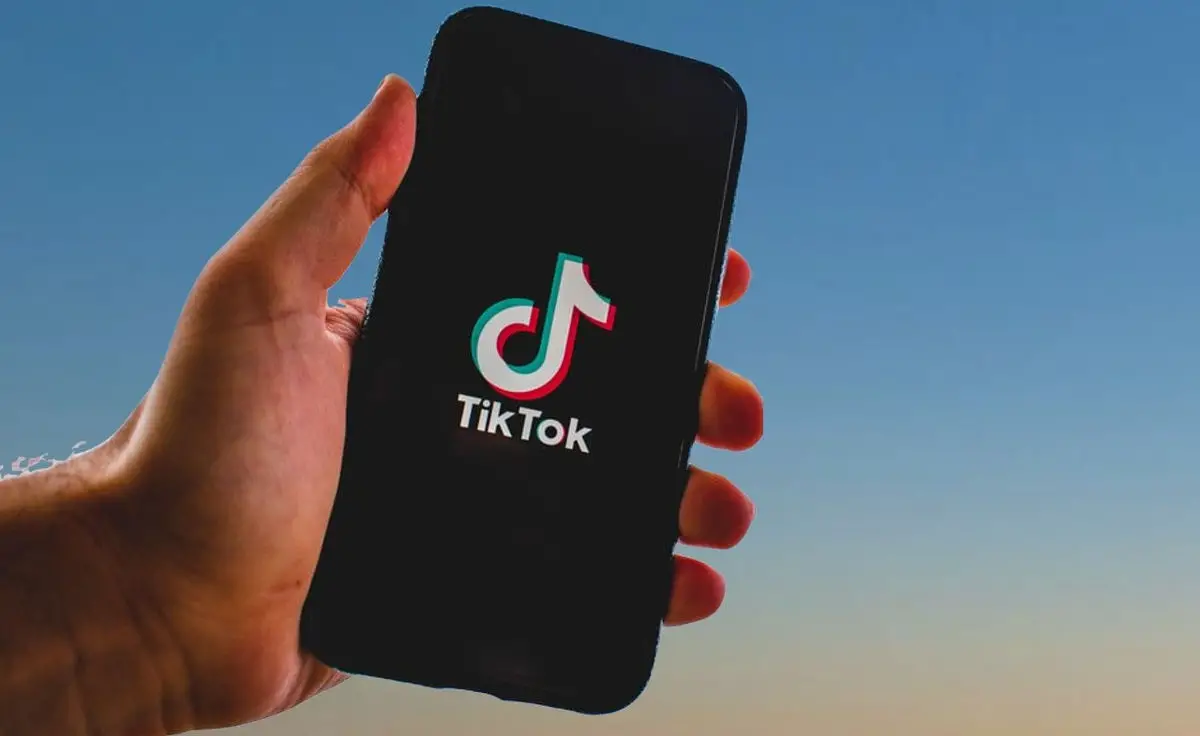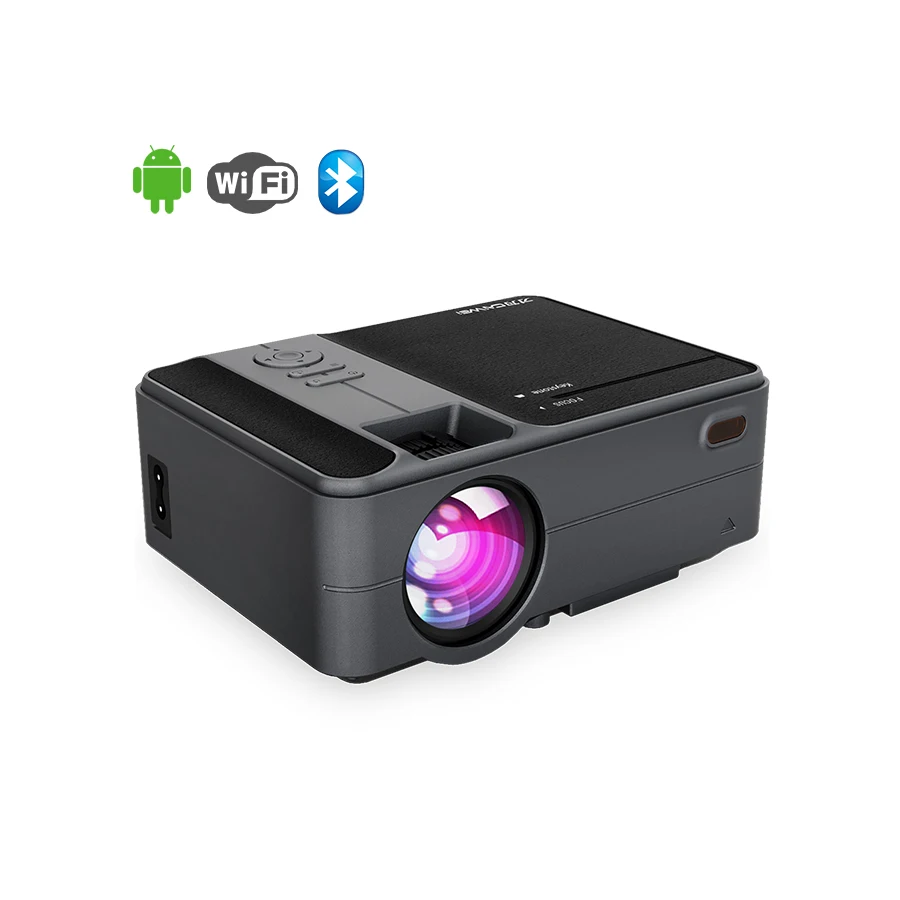

- #720P VS 1080P VIDEO ON SMARTPHONE MOVIE#
- #720P VS 1080P VIDEO ON SMARTPHONE 720P#
- #720P VS 1080P VIDEO ON SMARTPHONE TV#
IPS: A type of LCD screen technology known for producing clearer image quality and wider viewing angles, among other traits.Super LCD: A product name that also describes an LCD screen made in a certain way.ClearBlack: Nokia's name for an antiglare filter applied to the screen.PureMotion HD+: Nokia's name for its display with 1,280x768-pixel resolution and various properties.Supersensitive or ultrasensitive: A new technology that lets you operate a touch screen with your fingernail or glove.720p: The lower high-definition designation, 1,280 by 720 pixels.


Why more camera megapixels aren't better.What it really takes to make a flexible phone.Screen shootout: HTC One versus Samsung Galaxy S4.HD Super AMOLED: Samsung's name for its high-definition smartphone displays, which use the OLED screen technology.Retina Display: Apple's proprietary name for its LCD screen, which serves up a 1,136圆40 pixel resolution.The terms often used to describe smartphone screens aren't always so clear. To make things simpler, here are some common terms you might see attached to smartphone screens, and some factors that actually go into making your screen a standout, like the physical screen materials, LCD versus OLED, brightness, color accuracy, and pixel resolution. Sometimes the trademarked name masks a unique process too technical to quickly explain. That isn't to say that flashy names like Apple's Retina Display are worthless and empty. Some designations are marketing monikers cooked up to give one company an edge others are more scientific. The smartphone industry tosses around a whole bucket of names and numbers to describe the viewing experience on your smartphone screen: ClearBlack, 1080p, Retina, AMOLED, supersensitive.

Greater pixel density simply means that you can’t see the stair-step effect of a pixel line.The Nokia Lumia 1020 features PureMotion HD+ technology, a ClearBlack display, and supersensitive screen. If you like to sit close, the 1080p advantage might be noticeable because the 1080p has greater pixel density than does the 720p. The one caveat here is how close you like to sit to your television.
#720P VS 1080P VIDEO ON SMARTPHONE 720P#
The 720p television sets are still available in the smaller sizes (50 inches or less) and tests have shown that there is no appreciable difference in picture between the 720p and 1080p resolution sets at that size.
#720P VS 1080P VIDEO ON SMARTPHONE TV#
However, if you’re just the simple TV watcher, the 720p HDTV might still be best for you. If you use your television monitor as a computer screen, you might also have media that can take advantage of the 1080p signal. The television broadcasters that seem to be moving first to the 1080p signal are pay-per-view options and on-demand networks. Also, more games are being developed with the 1080p encoding.
#720P VS 1080P VIDEO ON SMARTPHONE MOVIE#
So if you’re a big movie watcher with a growing Blu-ray collection, a 1080p HDTV might still make sense for you. Most Blu-ray disks are encoded in 1080p and all Blu-ray players support 1080 output.


 0 kommentar(er)
0 kommentar(er)
